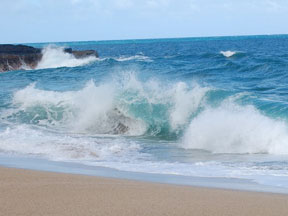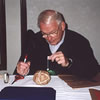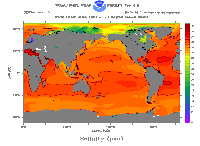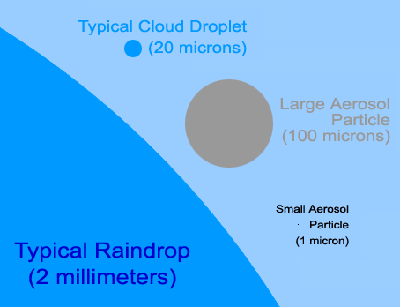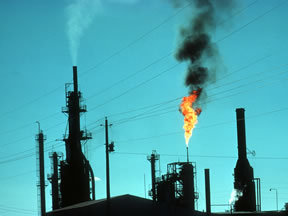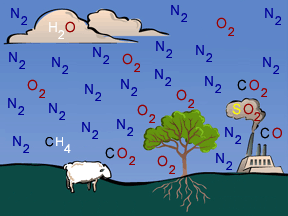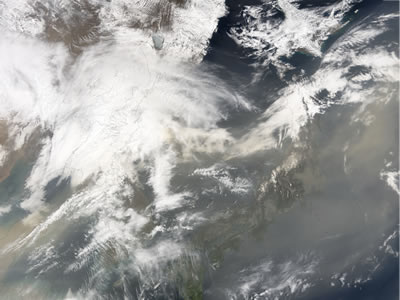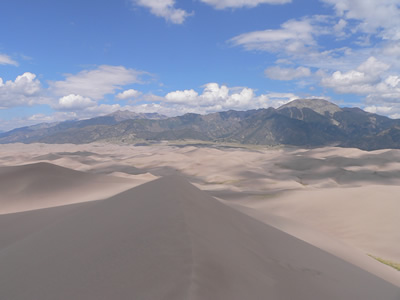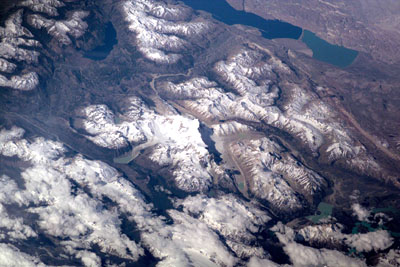Click on image for full size
Image courtesy of Cathy Russell.
Sea Salt Aerosols
Have you ever been to the ocean? If so, you know that ocean water has salt in it. But did you know that air has salt in it, too? Many types of tiny particles float around in the air. Scientists call these particles "aerosols". You probably know about some kinds of aerosols. Dust is one kind. Tiny particles of smoke from fires and smokestacks are also aerosols. Salt from the sea that gets into the air forms another kind of aerosol.
On windy days waves form "whitecaps" as they break. This makes millions of tiny bubbles in the white foam. As these bubbles pop, little bits of salt get thrown into the air. This makes salt aerosols.
Most of the salt in sea water is like the salt we put on foods. Sea salt also has small amounts of other kinds of salts. Salt aerosols have chemicals like magnesium, sulfate, calcium, and potassium in them. This is important because salt aerosols mix with other chemicals in the atmosphere.
Aerosols have effects on Earth's climate. Salt aerosols reflect and scatter sunlight. Less sunlight makes it to the ground. That makes the ground a little cooler. Salt aerosols also affect clouds. Aerosols act as "seeds" that cloud droplets grow around. More clouds make a whiter, brighter Earth as seen from space. That also stops some of the sunlight headed towards the ground. Clouds make Earth's climate a little bit cooler.
The next time you're at the beach on a windy day, see if your skin feels sticky from salt even before you go in for a swim. You can impress your friends at the beach by telling them about salt aerosols!


